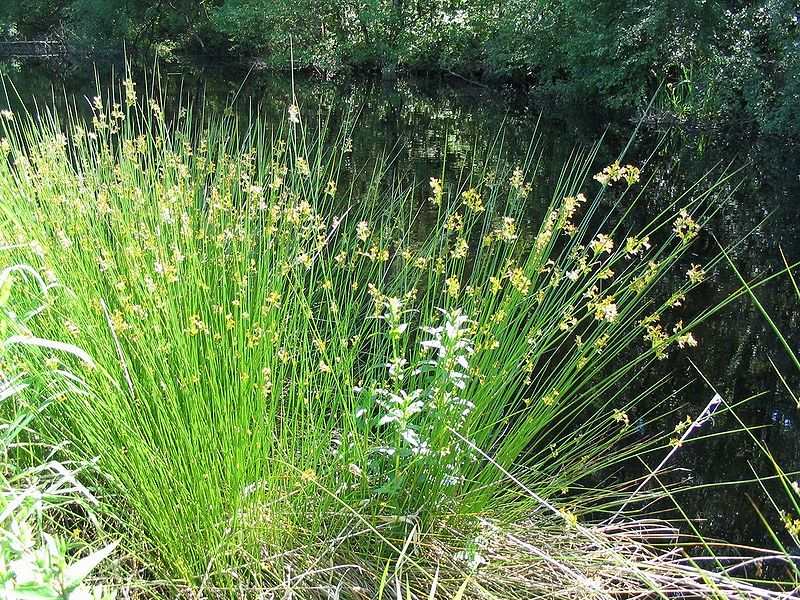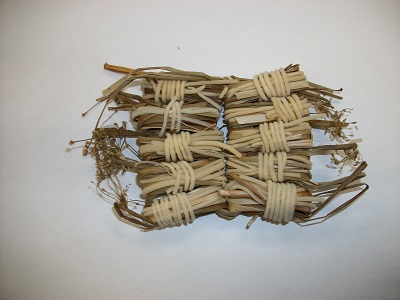- Irritability and incomplete, painful urination due to Damp Heat in the Heart,
Urinary bladder, and Lung channels. Use with
Talcum-
Hua shi.
[4]
- Irritability, insomnia, and dark, painful urination due to Fire in the Heart
channel, with
Lophatherum gracile- Dan
zhu ye, and
MercuryII sulphide- Zhu sha.
[4] [1] Barefoot Doctor's Manual- 1977 Prepared
by the Revolutionary Health Committee of Hunan Province. Original Chinese manual-
Victor W. Sidel. Originally published by Dr Joseph Quin and the Fogarty International
centre, Bethdesda (1974). Madrona Publishers Seattle Washington ISBN 0-914842-52-8
[2] A Complete English Dictionary of Medicinal Terms in Chinese Acupuncture
and Herbalism 1981- Henry Lu Chinese Foundations of Natural Health- The Academy
of Oriental Heritage, Vancouver, Canada.
[3] Translation notes from Gary Seiford and Hocu Huhn- NSW College of Natural
Therapies. Sydney Australia (1982).
[4] Chinese Herbal Medicine Materia Medica- Dan Bensky and Andrew Gamble- Eastland
Press 1986 Seattle Washington ISBN 0-939616-15-7
Images
1.
en.wikipedia.org
Magnus Manske CC BY-SA 3.0
2.
[1]
3.
herbcademy.com
4.
cn.vn-kincare.com Juncus
effusus. 灯
芯 草
Dēng xīn cǎo Soft
rush, Juncus,
Wick grass
Family: Juncaceae
Juncus
effusus. 灯
芯 草
Dēng xīn cǎo Soft
rush, Juncus,
Wick grass
Family: Juncaceae


 HABITAT:
Grows wild along edges of swamps and damp lands.
HABITAT:
Grows wild along edges of swamps and damp lands.